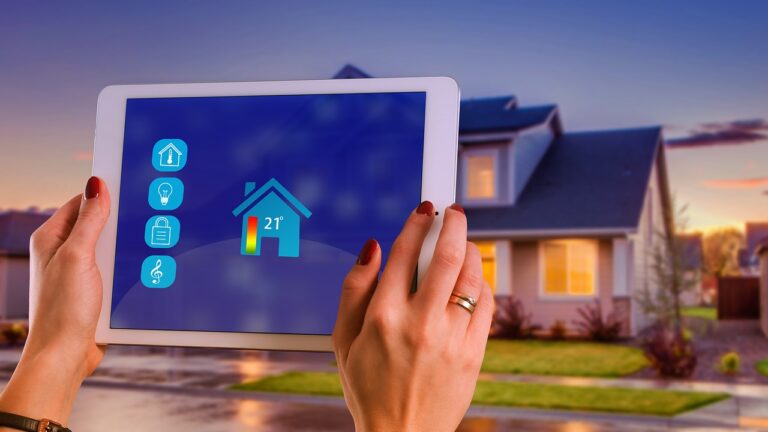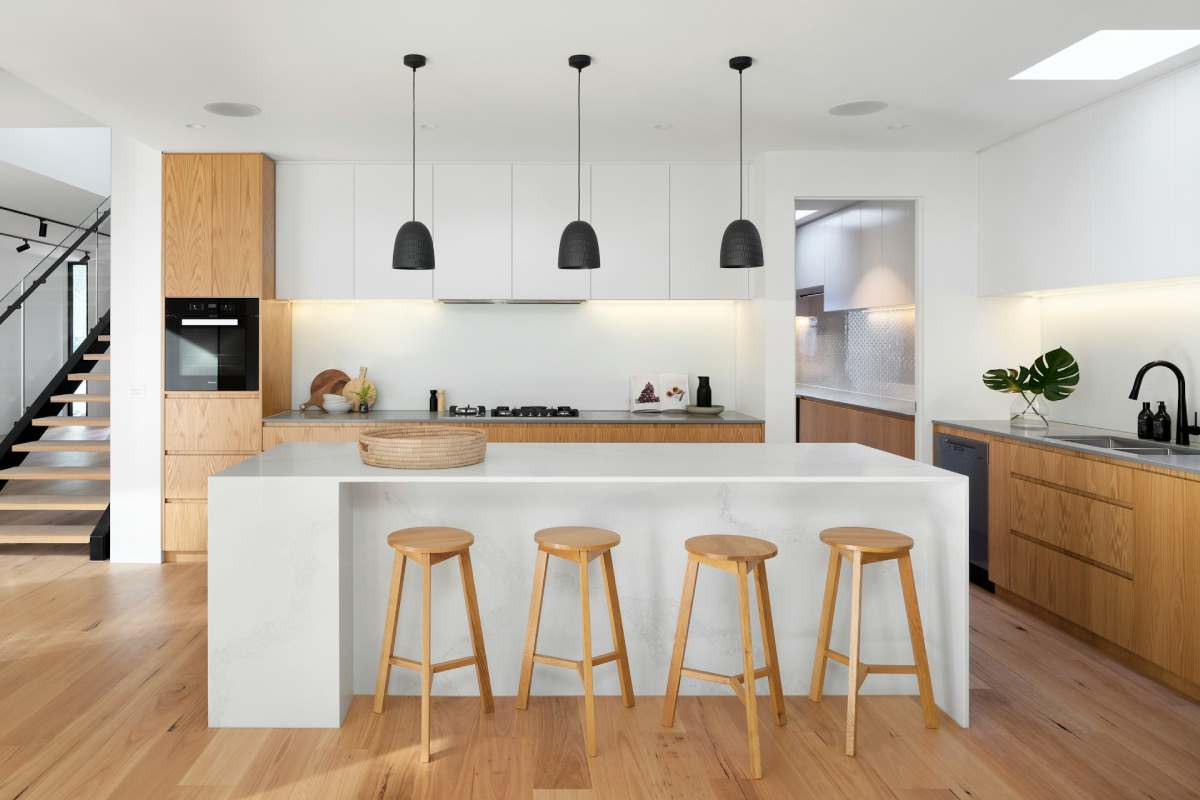A smart home is a modern solution that allows you to manage a residential house. Although until recently it was considered a symbol of unnecessary luxury, today it is present in a significant part of new buildings. Just like a roulette en ligne, a smart home is gradually becoming a part of our life. Learn how to create a home of the future while enjoying the convenience and… fewer bills.
Smart Home – What Is It?
An intelligent house is a building that has a system of sensors, detectors, and one integrated mechanism that is responsible for managing all installations in the building. Family members using this “device” are guaranteed not only great comfort but also safety, as well as low operating costs. All this is thanks to an integrated automation system that works in the communication network.
Smart Home – What Elements Can It Contain?
A control system and a smart home can consist of many elements. Their number depends, first of all, on the degree of development of architecture. Some of them will be responsible for safety, the second will increase the energy efficiency of the building, and the third will contribute to high comfort of use. What are the products for a smart home? Below we have given some examples.
Smart Home Elements
- Smart sockets – allow you to control energy consumption, set a schedule for turning devices on and off;
- Intelligent heating, air conditioning, and ventilation – thanks to which it is possible to change the temperature in the premises;
- Intelligent safety sensors – smoke, gas, flood, and traffic sensors;
- Fireplace with a water jacket,
- Surveillance cameras – they allow live view (round-the-clock live surveillance);
- Alarm systems;
- Intelligent lighting – remote adjustment of lighting intensity;
- Roller shutter and awning adjustment systems;
- Automatic irrigation;
- Audio systems – for example, multiroom.
How Does It Work?
The characteristics of a smart home mean that in a specific situation it will be able to respond automatically – for example, by launching an emergency extinguishing procedure after a fire is detected.
However, we looked at how a smart home works, in terms of how the equipment works. Individual devices connect to the control panel using radio waves or communication standards such as WiFi, Z-Wave, or ZigBee when they register any change, and the rest of the devices respond automatically. An example is the registration of movement in the house when the owners are absent.
In such a situation, the sensors can turn on the light, lock the door and activate the sound signal. The central unit is connected to the Internet, and if there is no central unit installed in the building, the devices individually respond to this variable.
The Smart home system significantly increases the comfort of life and ensures the safety of households. Depending on the installed devices, this can also reduce the monthly maintenance costs of the building. Among the most popular features are:
- Lighting control;
- Temperature level control;
- Control of electronic devices – such as surveillance cameras, switching on and off of household appliances and electronics;
- Raise the blinds every day at the same time;
- Imitation of household presence by turning on lights, playing music, temporary lifting and lowering of roller blinds;
- Notification of non-standard situations.
In addition to the basic functions, users of the home management system compete with each other, inventing new improvements. Among the most creative, we can certainly include:
- Automatic filling of water into the bath,
- Automatic filling of a bowl or a drinking bowl for animals,
- Sending an email with information about the lack of chlorine or the low pH factor of the pool water.
Results
A smart home is convenient and practical. Do you want to improve your home?













